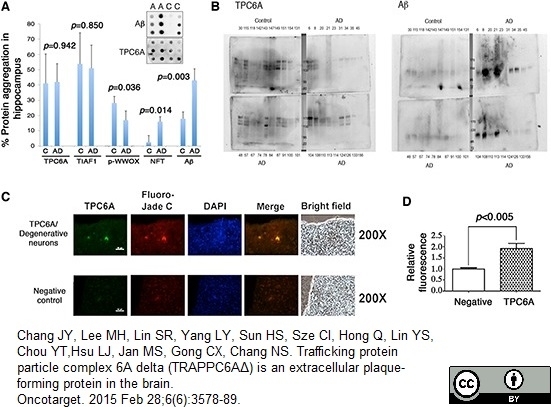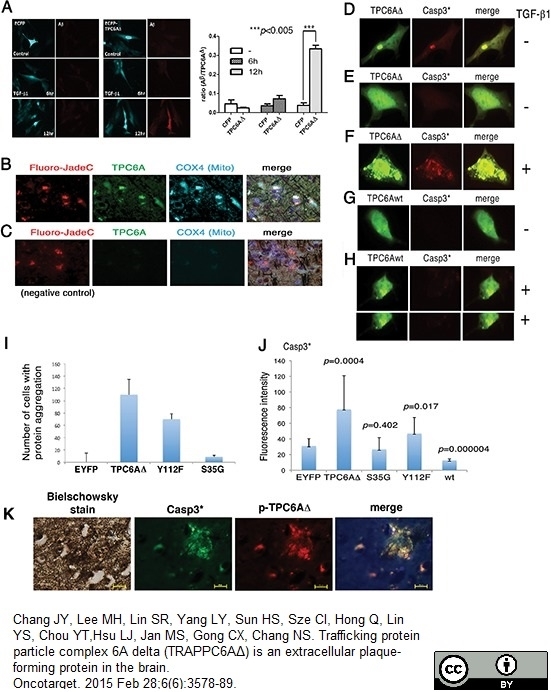Beta Amyloid antibody | DE2B4


Mouse anti Human Beta Amyloid (aa1-17)
- Product Type
- Monoclonal Antibody
- Clone
- DE2B4
- Isotype
- IgG1
- Specificity
- Beta Amyloid
- Region
- (aa1-17)
| Mouse anti Human beta amyloid antibody, clone DE2B4 recognizes the human beta amyloid peptide, the major protein component of amyloid cores in neuritic plaques. In immunohistology the antibody detects extracellular amyloid beta with senile plaques and vessel amyloid in Alzheimer's disease brain. |
- Target Species
- Human
- Product Form
- Purified IgG - liquid
- Preparation
- Purified IgG prepared by affinity chromatography on Protein A from tissue culture supernatant
- Buffer Solution
- Phosphate buffered saline
- Preservative Stabilisers
- 0.09% sodium azide (NaN3)
- Carrier Free
- Yes
- Immunogen
- Synthetic peptide consisting of residues 1 - 17 of the amyloid beta protein.
- Approx. Protein Concentrations
- IgG concentration 1.0 mg/ml
- Regulatory
- For research purposes only
- Guarantee
- 12 months from date of despatch
Avoid repeated freezing and thawing as this may denature the antibody. Storage in frost-free freezers is not recommended.
| Application Name | Verified | Min Dilution | Max Dilution |
|---|---|---|---|
| ELISA | |||
| Immunofluorescence | |||
| Immunohistology - Paraffin 1 | |||
| Immunoprecipitation | |||
| Western Blotting |
- 1This product requires protein digestion pre-treatment of paraffin sections using formic acid for 2-3 minutes.
- Histology Positive Control Tissue
- Alzheimer's disease brain
References for Beta Amyloid antibody
-
(2011) The Human Protein Atlas : CAB000157
The Human Protein Atlas : CAB000157 -
Kitamoto, T. et al. (1987) Formic acid pretreatment enhances immunostaining of cerebral and systemic amyloids.
Lab Invest. 57 (2): 230-6. -
Lee, M.H. et al. (2010) TGF-β induces TIAF1 self-aggregation via type II receptor-independent signaling that leads to generation of amyloid β plaques in Alzheimer's disease.
Cell Death Dis. 1: e110. -
Koronyo-Hamaoui, M. et al. (2011) Identification of amyloid plaques in retinas from Alzheimer's patients and noninvasive in vivo optical imaging of retinal plaques in a mouse model.
Neuroimage. 54 Suppl 1: S204-17. -
Chang, J.Y. et al. (2012) TIAF1 self-aggregation in peritumor capsule formation, spontaneous activation of SMAD-responsive promoter in p53-deficient environment, and cell death.
Cell Death Dis. 3: e302. -
Chang, J.Y. et al. (2015) Trafficking protein particle complex 6A delta (TRAPPC6AΔ) is an extracellular plaque-forming protein in the brain.
Oncotarget. 6 (6): 3578-89.
Please Note: All Products are "FOR RESEARCH PURPOSES ONLY"
View all Anti-Human ProductsAlways be the first to know.
When we launch new products and resources to help you achieve more in the lab.
Yes, sign me up
